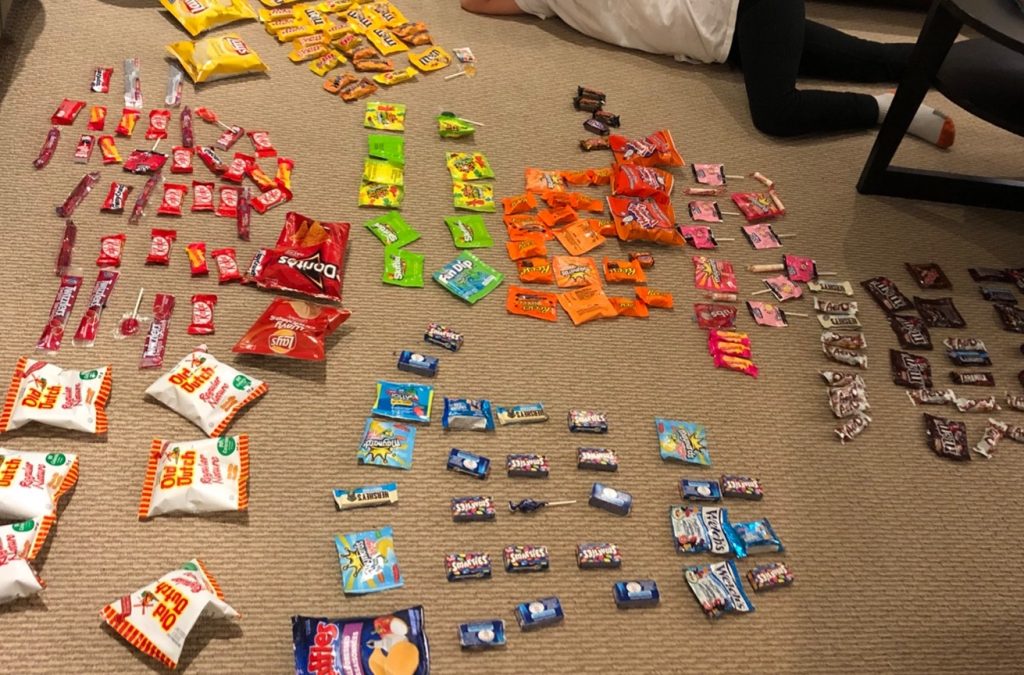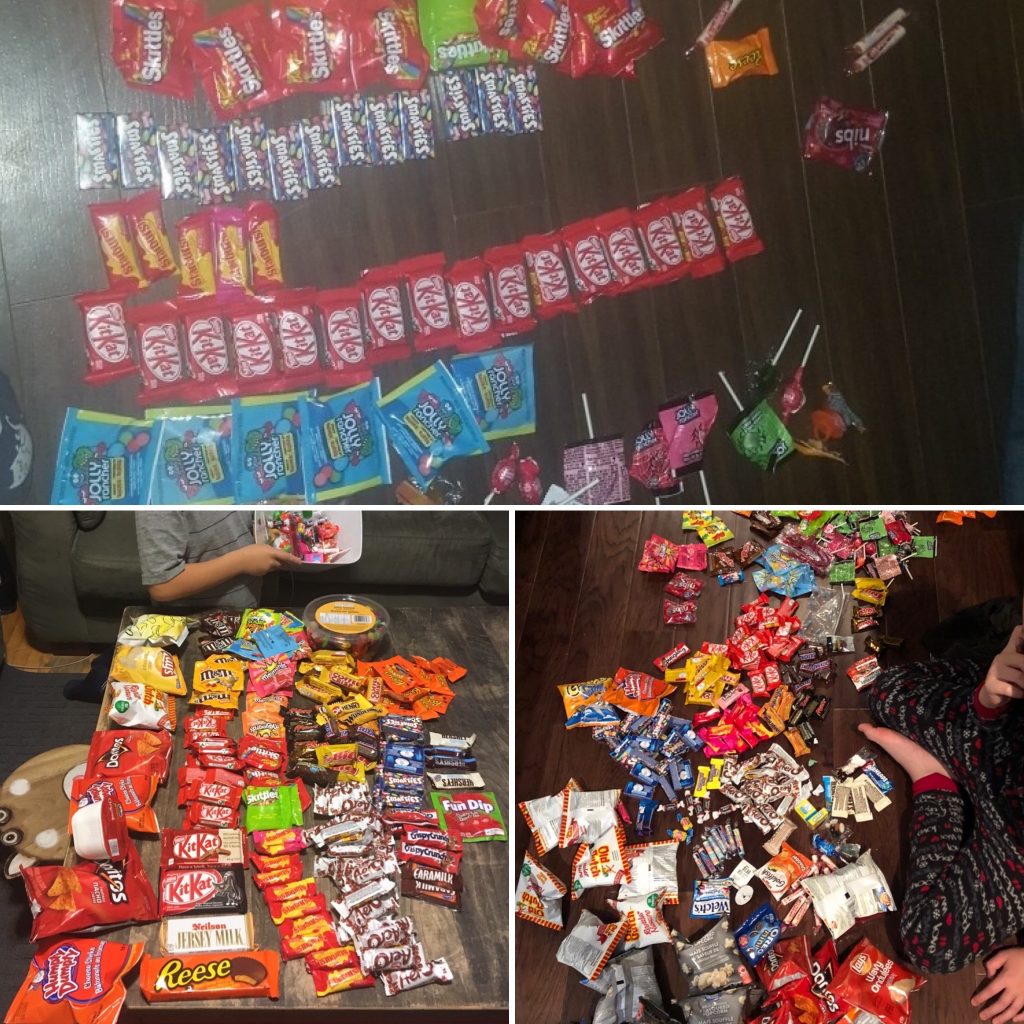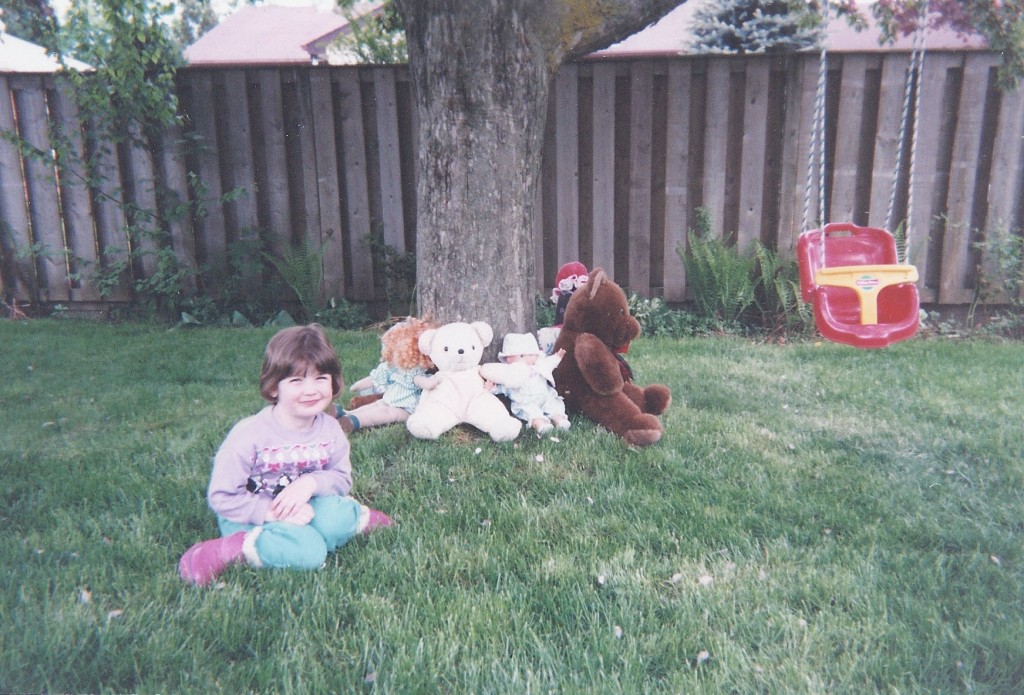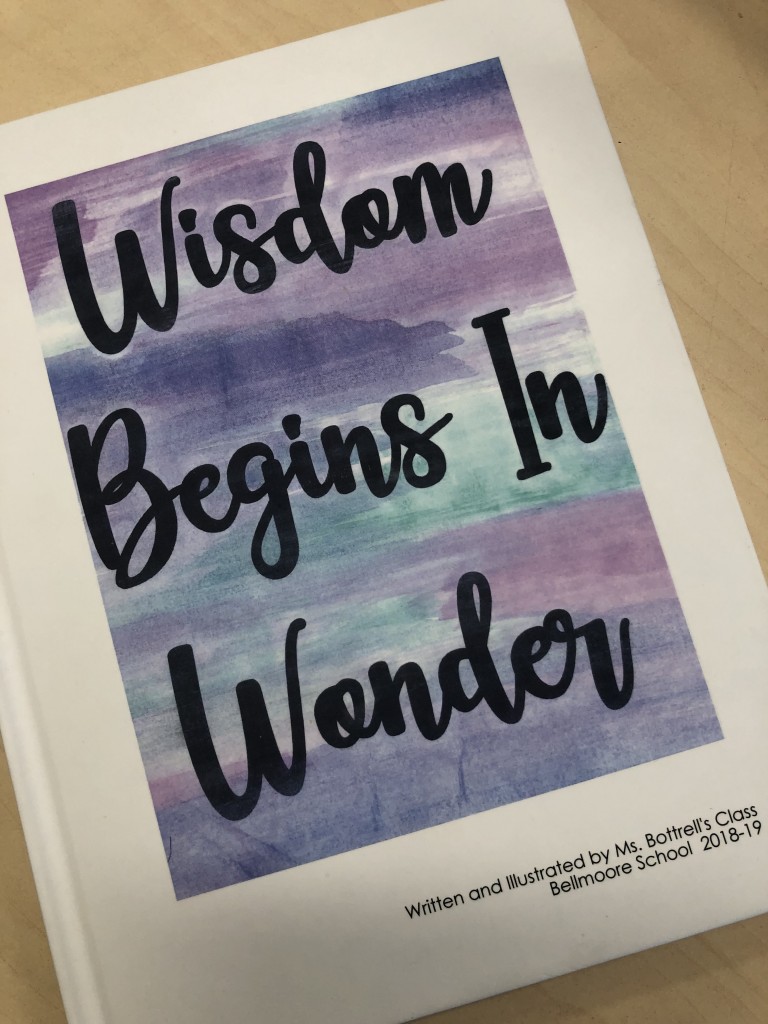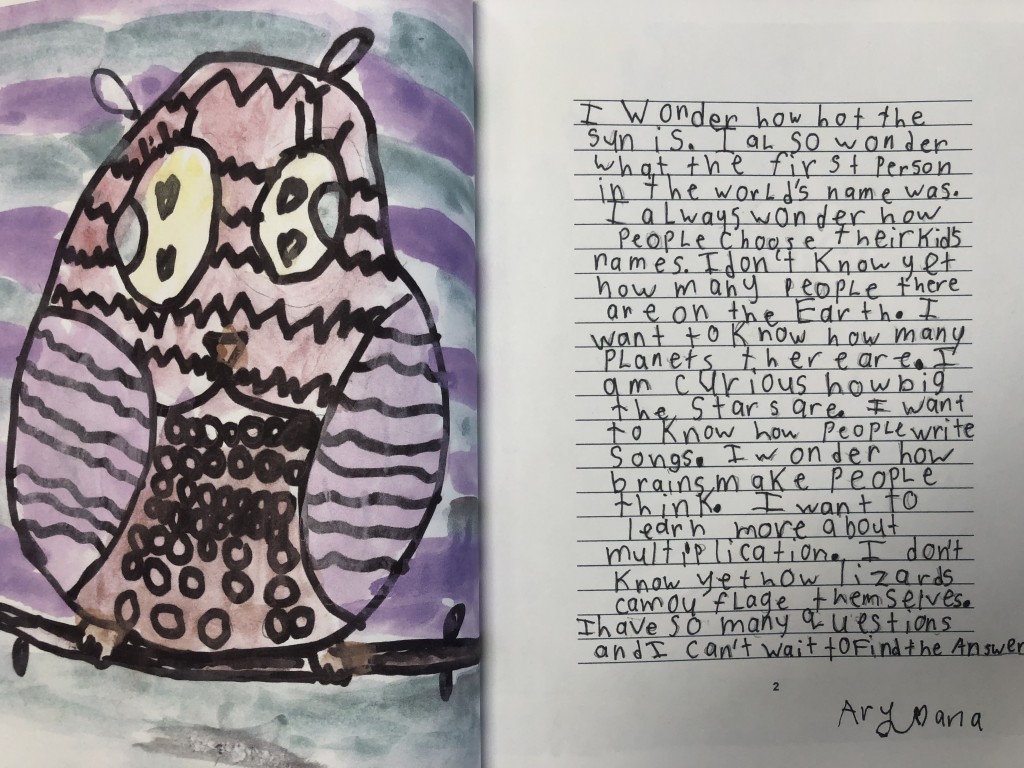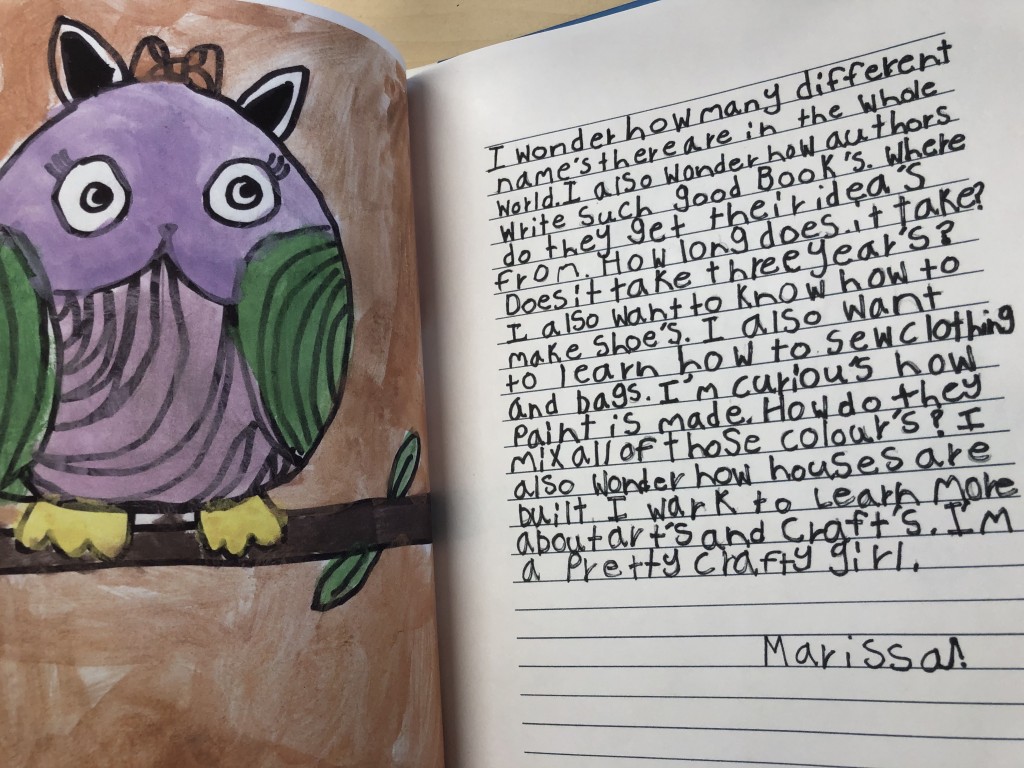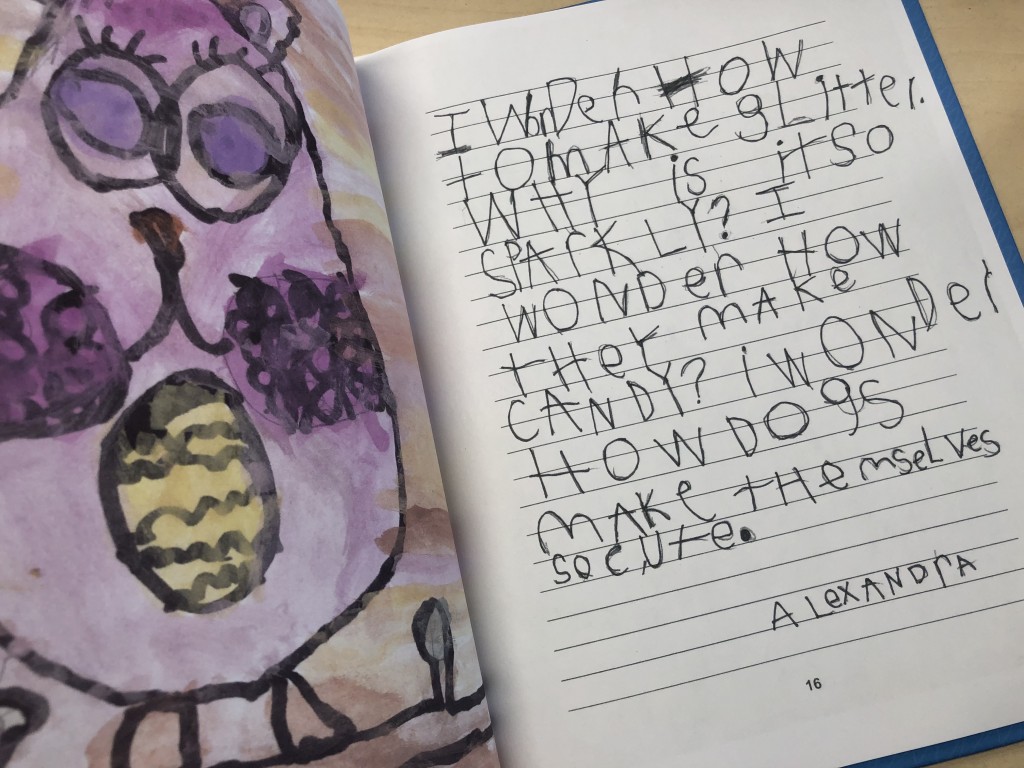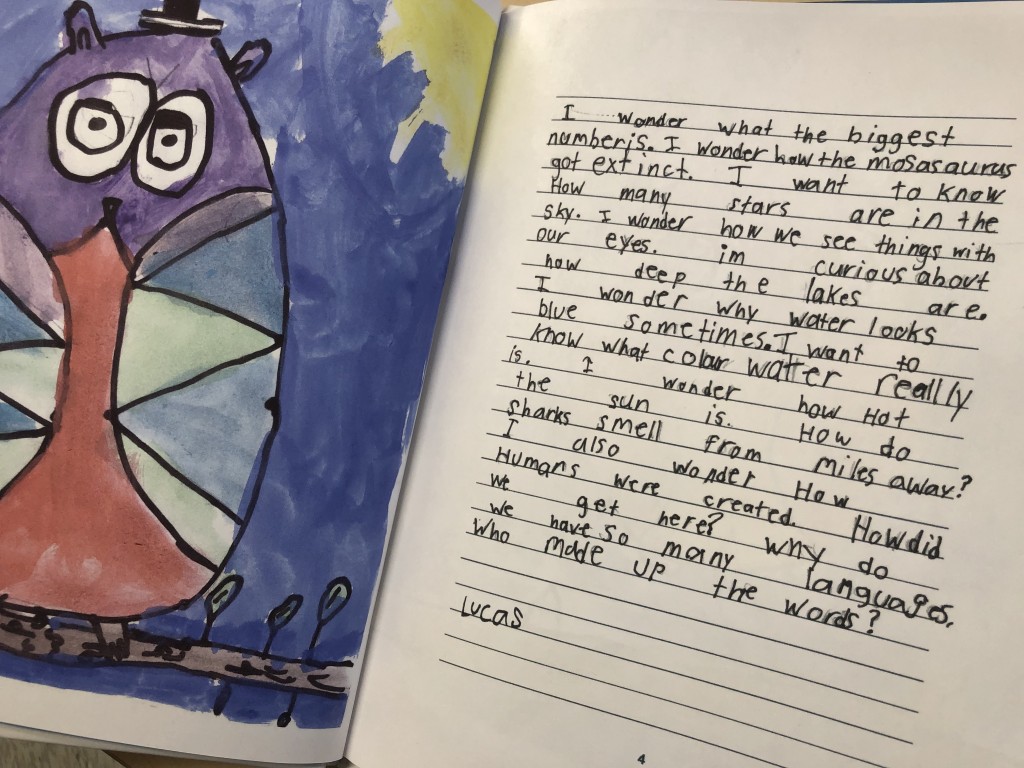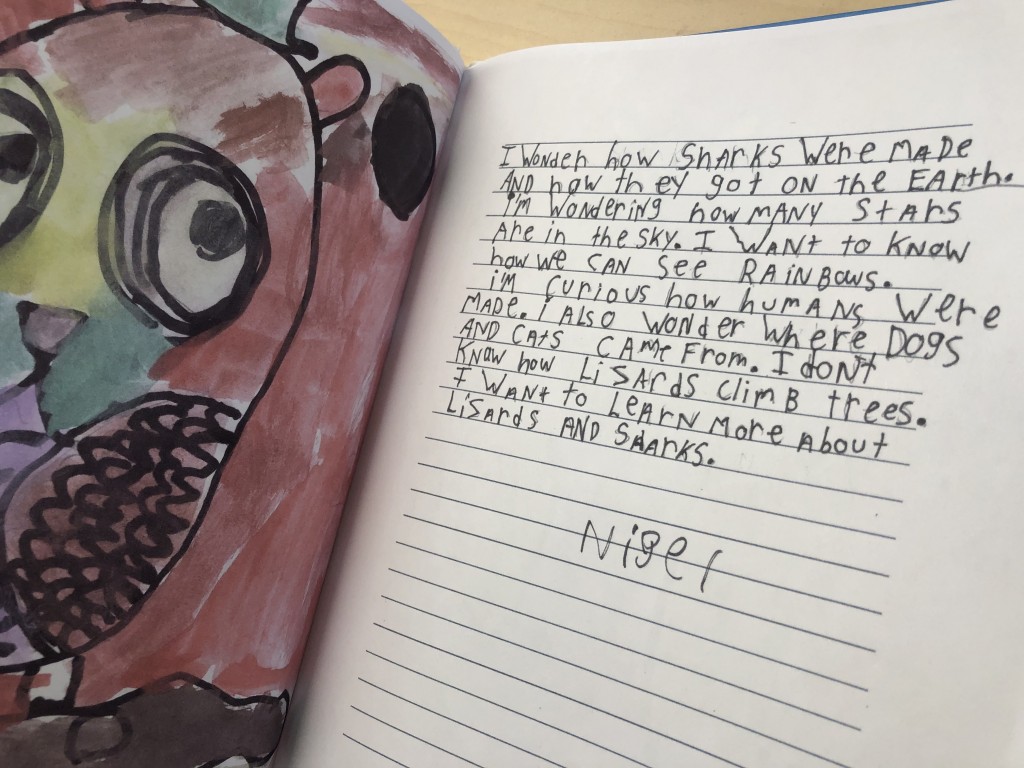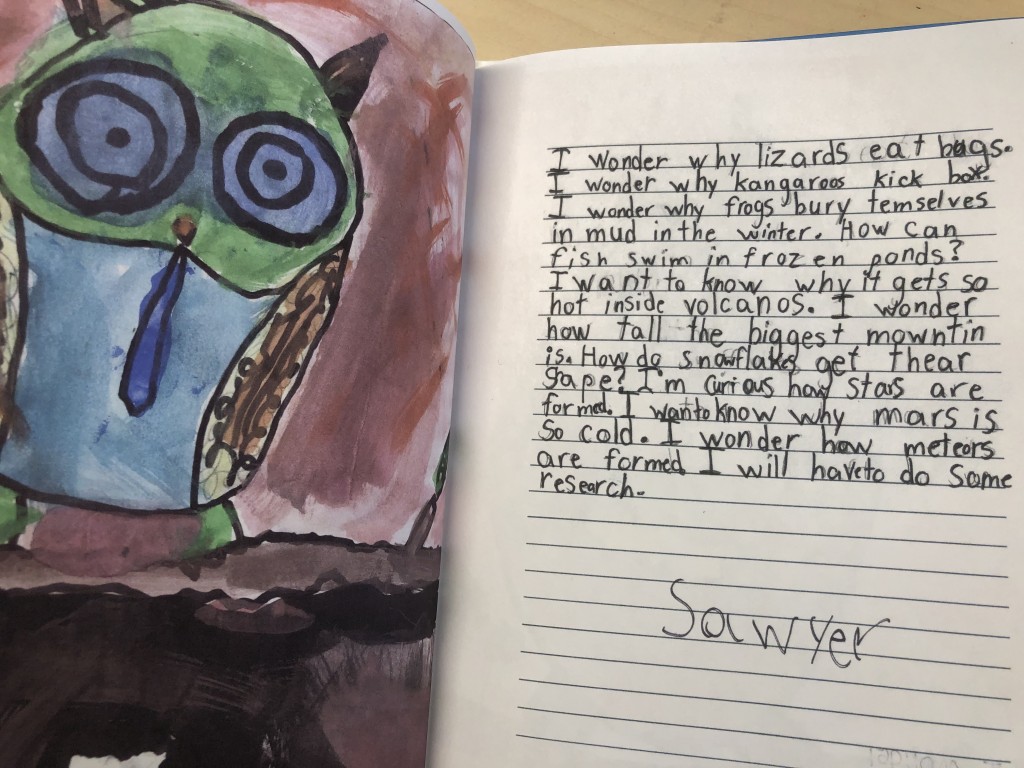I’m the first person to admit that I don’t like change. I don’t handle it very well and I don’t handle uncertainty well either. I like to have all the information and I like to plan ahead. I know I’m not the only one! This is not the time for people like me. Our world is full of change and uncertainty right now. I’m learning to roll with the punches as we all have been during this pandemic. Almost all aspects of daily life have changed over the past few months. The change hasn’t been limited to our personal lives either, as the world of education has undergone some major changes too. Our jobs have changed drastically and the adaptability of teachers has never been so important.
This week definitely has a feeling of relief to it. I’m going to miss interacting with my students, but after the whirlwind (that’s putting it nicely) of a year we’ve had, I think every teacher is breathing a sigh of relief.
Unfortunately, that sigh of relief might feel very short-lived for a lot of us. There is so much uncertainty in the air about what the future of education looks like. What will September look like? Will we be back in classes as normal? Will we be distance teaching again? Will we be working with a blended model of both? Will we be safe? How are we possibly going to make this work? As much as we all need these answers, we simply don’t have them yet. It’s so easy to get caught up in speculation and worry. Our minds race through “what if” scenarios, which lead us to more and more questions and a lot more anxiety.
Social media can be a dangerous place during uncertain times. People speculate, share hypotheticals, and post their own ideas of needs to happen which can lead to misinformation and overload. Try not to get caught up in all of that.
We’ve worked hard to get to where we are this week. We’ve accomplished what was completely unthinkable up until it became our reality in March. Colleagues, we’ve earned this summer break. We need to honour our own wellbeing this summer. Of course, there are things we can do to prepare ourselves for possible scenarios and teaching models but we would be doing ourselves a disservice to speculate, worry, and try to create answers that simply don’t exist.
Celebrate your accomplishments, reflect on what you’ve learned (I know I’ve learned a lot these past few months!) and take some time to distance yourself from distance learning! Our students deserve refreshed and rejuvenated educators welcoming them in September.
The detailed school reopening plans will come and when they do, we will roll with the punches! That’s what us teachers do best, isn’t? Not to mention that this is a great opportunity to model adaptability for our students and our own children. Even for people like me!

